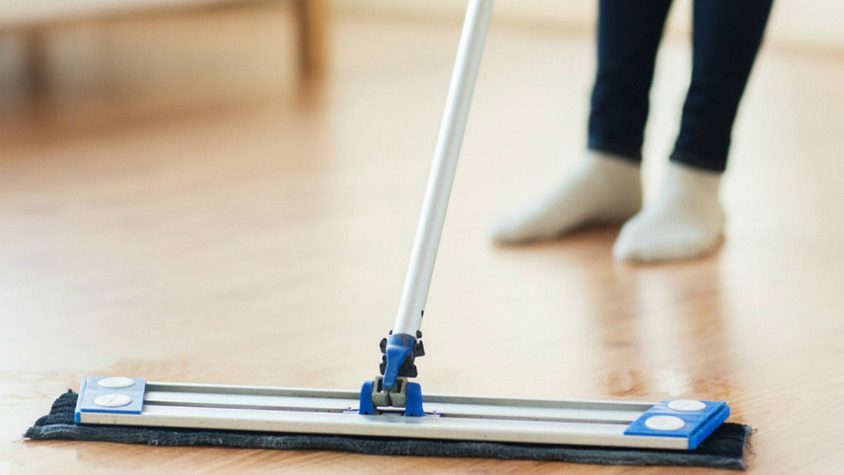Selecting the right flooring for your home is a significant decision that impacts your living space’s aesthetics and functionality. When choosing between tile vs wood flooring, there are several factors to consider.
Each option offers unique characteristics, advantages, and considerations. In this comprehensive article, we will explore the pros and cons of tile and wood flooring and guide how to make the best decision for your home.
By understanding the key differences, evaluating your specific needs, and considering factors such as durability, maintenance, cost, and design preferences, you can make an informed choice that aligns with your lifestyle and enhances the overall beauty of your home.
Tile vs Wood Flooring: Durability and Longevity

Durability is a crucial factor when selecting tile vs wood flooring for your home. Tile flooring, especially ceramic or porcelain, is known for its exceptional durability and resistance to scratches, stains, and moisture. It is highly suitable for high-traffic areas, such as kitchens and bathrooms, where spills and moisture are every day.
On the other hand, wood flooring provides warmth and a natural appeal but may require more maintenance to protect it from scratches and moisture. Hardwood flooring can be refinished multiple times, significantly extending its lifespan.
Maintenance and Upkeep
Maintaining your flooring is essential to preserve its appearance and longevity tile vs wood flooring. Tile flooring is relatively easy to maintain, requiring regular sweeping and occasional mopping. It is resistant to stains, making it suitable for homes with children or pets.
In contrast, wood flooring requires more care to prevent scratches and water damage. Regular cleaning and occasional refinishing may be necessary to maintain its luster. However, advancements in wood finishes and protective coatings have made maintenance more manageable.
Aesthetics and Versatility

The visual impact of tile vs wood flooring plays a significant role in the overall aesthetics of your home. Tile flooring offers a wide range of design options, patterns, and colors. It can mimic natural materials like stone or wood, providing versatility in design choices.
Wood flooring, on the other hand, brings a warm and timeless appeal to any space. It adds a touch of elegance and natural beauty that complements various interior styles. Wood can be stained in different shades to match your desired aesthetic.
Cost Considerations
Cost is an important factor to consider when choosing tile vs wood flooring for your home. Tile flooring generally has a lower upfront cost compared to wood flooring. However, the installation cost can vary depending on factors such as tile type, pattern complexity, and subfloor preparation.

Wood flooring, especially hardwood, tends to have a higher initial cost but can add significant value to your home. It’s important to consider the long-term investment and durability of the flooring when assessing the overall cost.
Environmental Impact

Today’s environmentally conscious world, considering the sustainability of your tile vs wood flooring choice is crucial. Tile flooring, particularly ceramic or porcelain, is typically made from abundant natural materials and can be recycled.
When sourced responsibly from sustainably managed forests, can also be an eco-friendly choice. Look for certifications such as the Forest Stewardship Council (FSC) to ensure responsibility.

When considering eco-conscious flooring options, the American oak flooring panel is a noteworthy choice. This product not only exemplifies the timeless beauty of oak but also boasts minimal environmental impact. Crafted from sustainably sourced American Oak, these flooring panels align with sustainable practices, reducing deforestation and supporting responsible forestry management.
Conclusion
Choosing between tile vs wood flooring is a decision that requires careful consideration of multiple factors. While tile flooring offers durability, easy maintenance, and design versatility, wood flooring provides natural beauty and warmth.
Consider your lifestyle, budget, desired aesthetic, and long-term maintenance requirements when making your decision. Ultimately, the best flooring choice for your home depends on your personal preferences, the specific requirements of each room, and your long-term goals.
By weighing the pros and cons of tile vs wood flooring and considering your unique needs, you can make an informed decision that will enhance the beauty and functionality of your home for years to come.






